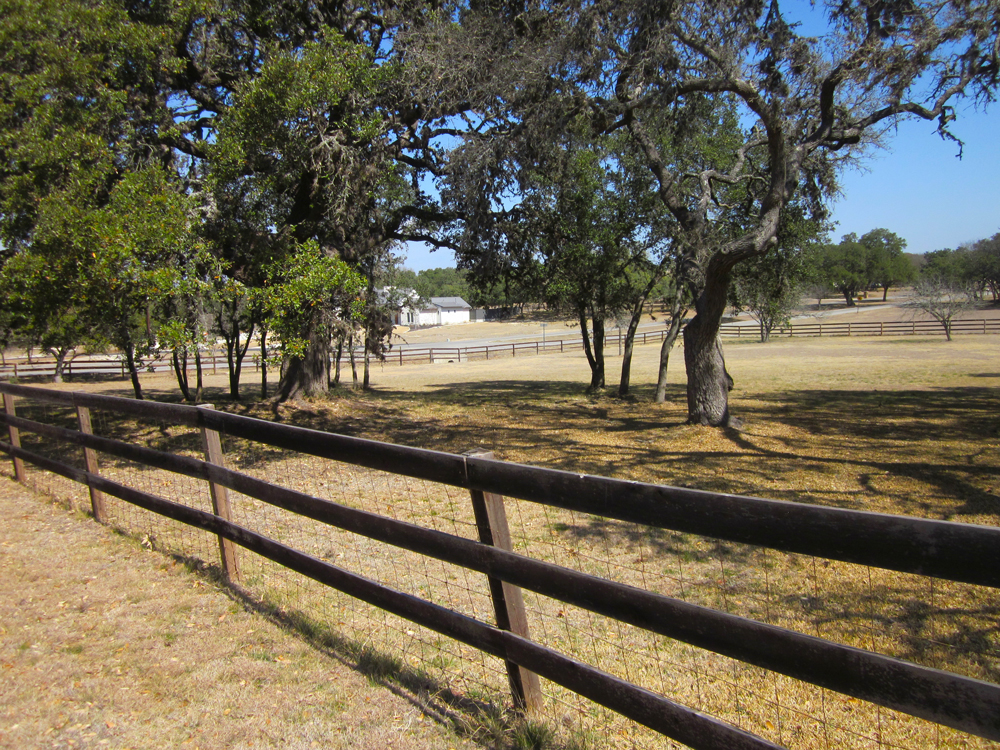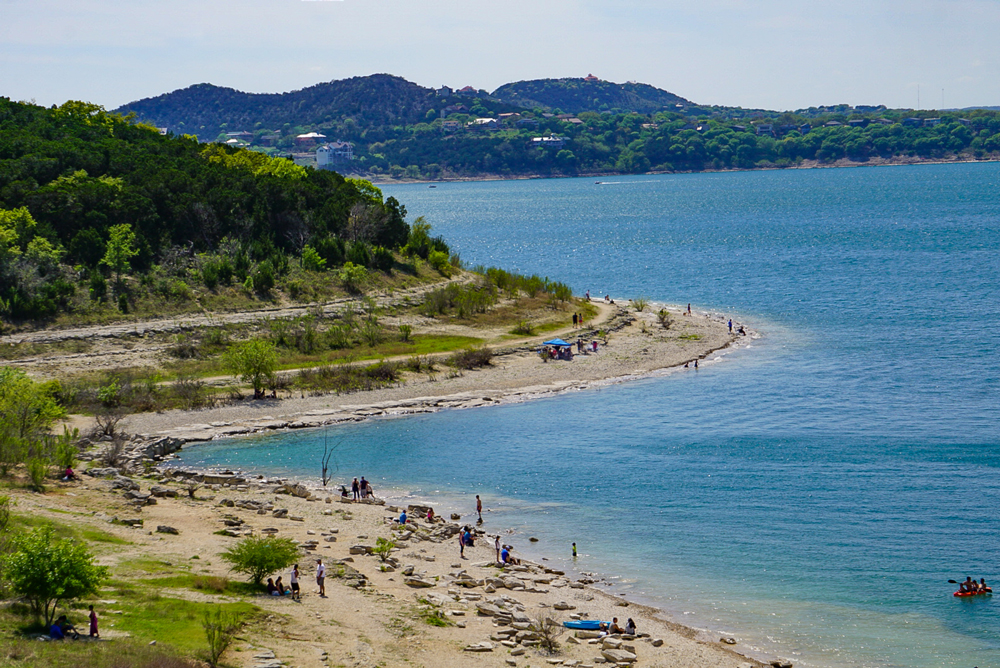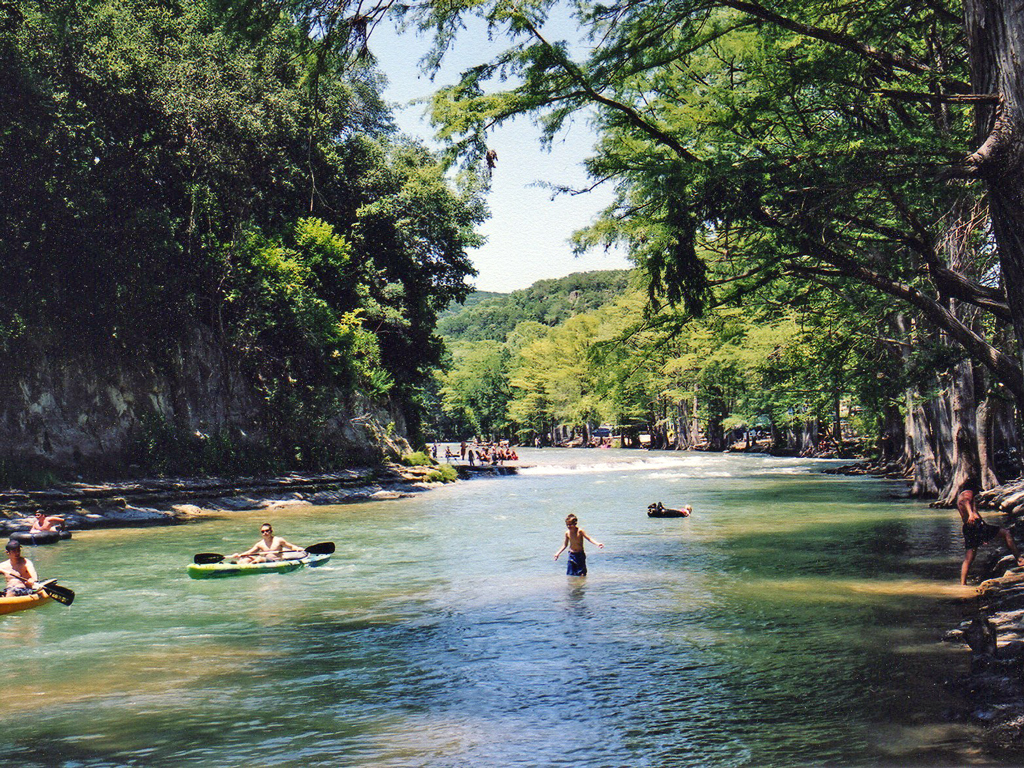It doesn’t hurt to be a small, or just a bit larger, city or village in a “suburb” of a much larger city. Such is the case of about thirty cities and towns surrounding Metro San Antonio in South Texas. The cities and towns get to run their own show, so to speak, with their own government, and are still able to share in the “wealth” of being close to the larger, in fact seventh largest city in the United States, San Antonio.
And the small cities and towns can bring a “certain wealth” to the larger San Antonio. For instance, many of the suburban cities have been divided into larger plots of land, say five or ten acres, then San Antonio and folks who, for business reasons, must live in a city the size of San Antonio, can do so but can also maintain a farm or ranch not far from home. A Realtor I’m familiar with, who lives in San Antonio, does just that, running a five-acre farm in St. Hedwig, 25 minutes from “home.”

People who live in the suburbs do so for a number of reasons, perhaps most especially because they don’t want or need the hustle and bustle of a big city. And solving that “dilemma” can possibly make life more pleasing. In fact, when I asked an acquaintance to write something for me about the town they live in, she refused suggesting they didn’t want more people moving to their city, liking it the size that it is. And even if folks don’t want to be near or in the big city, in the case of suburban San Antonio, folks living in metro San Antonio have the advantage of living close or relatively so to cities of some size, Boerne, New Braunfels and Seguin, cities ranging in size from 17,000 to 80,000.


And one more advantage of living in suburban San Antonio is the ability to enjoy the “interior” waters of South Texas, for instance Canyon Lake or the Guadalupe River, as many of the rivers and lakes in the Metro San Antonio area emanate from the “hill country” which is found a little further west.































